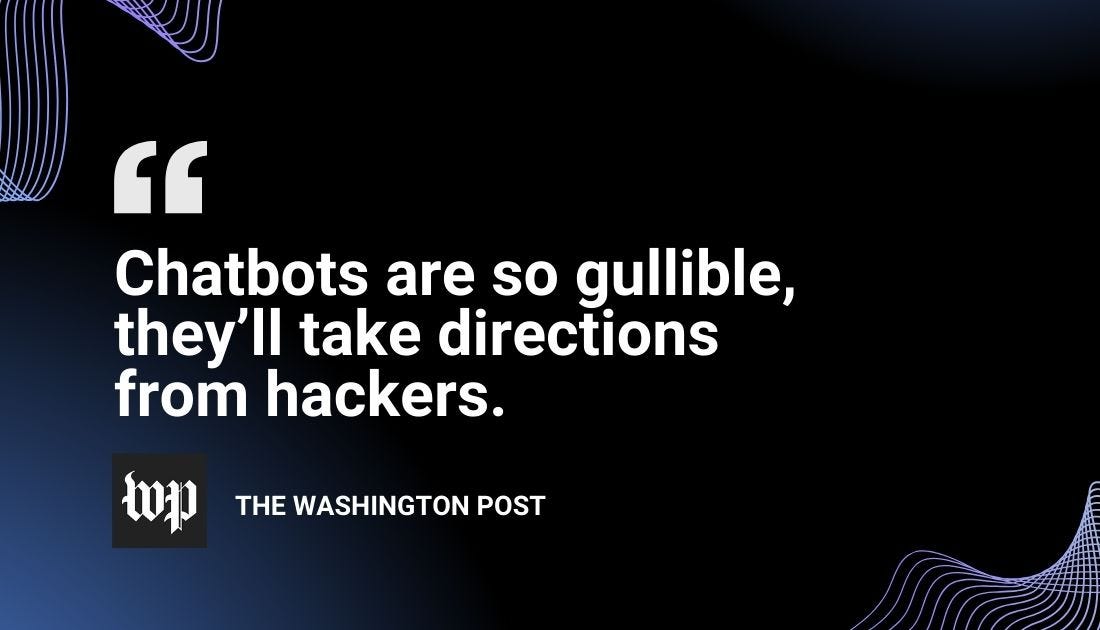Why Your Cloud Isn’t Safe Anymore (Unless You Do This)
When Even the Biggest Players Get Hacked…
Let me start with a quick story.
In 2022, Uber was hacked — not by brute force, but by social engineering. A teenager tricked an employee into giving up credentials, breached their cloud environment, and published screenshots of their internal tools on the internet. A multi-billion-dollar company, outwitted by a phishing text.
I'll give you another one.
Not long after, LastPass, a password manager trusted by millions, experienced a breach that allowed attackers to access backups stored in a cloud-based environment. The impact had it all, including months of reputational damage and an erosion of customer trust that they’re still recovering from.
Important: these aren't startups running on duct tape. They're giants. If they’re vulnerable, so is everyone else, unless we change the game.
And that’s exactly what’s happening now.
Welcome to the Future of Cloud Security
Cloud security used to be simple. Firewalls. IAM. A few logs. Job done.
Those days are over.
Today, your apps are containerized, your teams are remote, and your data lives everywhere — public, private, hybrid, edge. The perimeter? Gone.
Security now means visibility. Control. Smart automation. And AI-driven enforcement that acts before something breaks.
Here’s what that future looks like and how Google Cloud, with tools like Security Command Center, Gemini AI, and Mandiant intelligence, is already making it real.
1. Security Command Center: The Cloud’s Mission Control
This is where it all begins. You don't just get alerts after things go south. SCC is an integrated risk platform, and it's built to give you real-time posture awareness, threat detection, and policy enforcement across multi-cloud environments. Yes, that includes AWS and Azure.
Let’s say you’re managing hundreds of workloads across clouds. SCC lets you:
Continuously monitor misconfigurations and risky deployments
Run virtual red team attacks (more on that in a sec)
Detect suspicious behavior in real time across Compute Engine, BigQuery, GKE, Cloud Run, and Storage
You can also define and enforce custom policies, or just use Gemini AI to write them for you.
2. Shift-Left Security: Stop Issues Before They’re Issues
Security used to come last. Tacked on at the end of a dev cycle. That’s how things break.
With tools like Security Insights, you embed security directly into the CI/CD pipeline. Every build. Every deployment. Checked against policy. Flagged if something's off.
They say organizations with DevSecOps practices in place saved an average of $1.68 million per breach.
But that’s not just good practice. That’s good business.
Fewer surprises. Fewer fire drills. No more waiting for security to play catch-up.
3. Virtual Red Teaming: Survive Millions of Attacks
This is one of the most fascinating advancements I’ve seen.
With red teaming, you can now simulate what a real attacker would do, without touching production. Experts build a digital twin of your environment, then run simulated attacks using millions of TTPs (Tactics, Techniques, and Procedures).
You don't just see isolated issues, but toxic combinations of risks that could cascade into major breaches.
You're not treating symptoms. You're curing the disease.
4. Agentless Vulnerability Management: Lightweight but Lethal
Here's a fact to consider: traditional vulnerability scanning is a drag. Agents slow you down. Maintenance is painful. Coverage is spotty.
That’s why agentless scanning is such a breath of fresh air.
See all the OS and application vulnerabilities in your Compute Engine instances and even your backup systems. BTW, the scans go without installing anything on your VMs. No agents eating up resources. No extra licensing nightmares. No hidden costs popping up. You just get actionable vulnerability data.
This is how modern cloud security should work — quietly, efficiently, everywhere.
5. Cloud Infrastructure Entitlement Management (CIEM): Who’s Got Access to What?
Here’s something I’ve learned the hard way: most breaches aren’t because of genius hackers. They’re because of excessive permissions.
You need CIEM to:
See which users and services have access to what
Detect privilege creep and identity-based vulnerabilities
Continuously align access to least-privilege principles
Combine this with posture controls, and you’re not just reacting to risk. You’re engineering it out.
6. AI-Specific Threat Management: Securing Your Models
AI isn’t just changing how we work, it’s changing how we get attacked.
With Security Command Center’s AI protection, we can now:
Discover and inventory all AI assets (datasets, models, apps)
Apply security guardrails to prevent prompt injection, model theft, and data exposure
Detect and respond to AI-specific threats in real time
Google’s Model Armor even supports multi-cloud AI environments, so if you’re running models across platforms, your defense follows your data.
Prompt injection is real. The risks are growing. Let’s not wait until it hits mainstream.
7. Backup & DR Threat Detection: Because Hackers Hate Recovery
Here’s a dark twist: ransomware attackers now delete backups before launching their main attack. No backup = no recovery.
SCC now detects signs of:
Backup vault deletions
Infrastructure tampering
Recovery process interference
This isn’t just security — it’s business continuity. Built-in.
Real Talk: What This Means for You
We’re in an era where:
The perimeter is gone
The attack surface is massive
And attackers are getting smarter, faster, and bolder
The only real answer? Total visibility. Total control.
With Google Cloud’s security stack, you're not just reacting to threats, you’re predicting and preventing them. That’s the future of cloud security. And at Zazmic, we help businesses of all sizes — startups to enterprises — make that future their reality.
You bring the ambition. We bring the blueprints.
👉 Ready to get serious about cloud security?
Sign up for our free security workshop — hands-on, practical, and tailored to your environment.
Let’s build a cloud that fights back.






Thank you for this comprehensive overview of modern cloud security. The points about Security Command Center and Shift-Left Security really resonate, especially in today's complex environments. The reminder about backup integrity being crucial against ransomware is also timely.